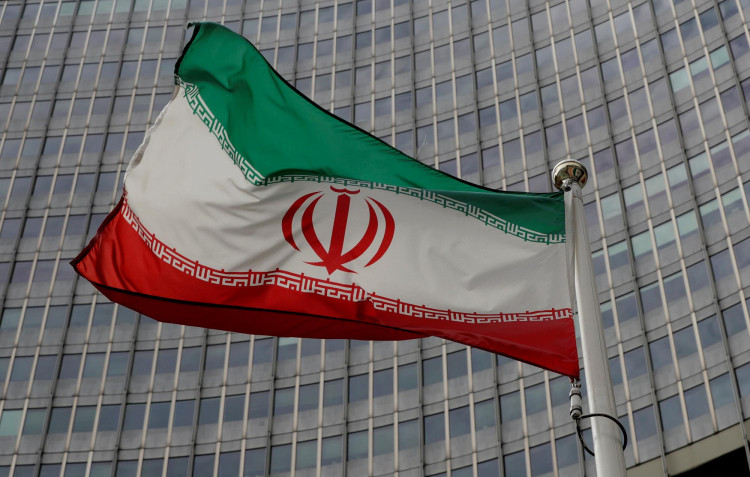In a late October operation, Israeli forces struck a top-secret Iranian nuclear weapons research facility located within the Parchin military complex, approximately 20 miles southeast of Tehran, according to multiple U.S. and Israeli officials.
The facility, known as Taleghan 2, was reported to be a critical site in Iran's renewed nuclear weapons research efforts, dealing a severe blow to Tehran's alleged ambitions. The strike, which Israeli and U.S. officials say significantly damaged Iran's nuclear progress, targeted sophisticated equipment required for detonating nuclear devices.
"This strike sent a clear message that Israel has deep insight into Iran's most guarded projects," a U.S. official stated, emphasizing the precision and intelligence backing Israel's operation , according to AXIOS. The facility had been part of Iran's Amad nuclear weapons program until 2003. Recent intelligence, however, indicated that research at Taleghan 2 resumed, involving activities that could have both civilian and military applications.
BREAKING
AXIOS: Israeli officials report the destruction of an operational nuclear weapons research facility in Iran. pic.twitter.com/SCmm04b4HO — Open Source Intel (@Osint613) November 15, 2024
High-resolution satellite images obtained by the Institute for Science and International Security revealed the complete destruction of the Taleghan 2 site. These activities reportedly included computer modeling, metallurgy, and explosive testing, all pointing to a potential groundwork for nuclear weapon development. "They conducted scientific activity that could lay the ground for the production of a nuclear weapon," a U.S. official explained, highlighting the clandestine nature of the research. "A small part of the Iranian government knew about this, but most of the Iranian government didn't."
Israel's strike occurred amidst growing tensions, particularly after intelligence services began detecting renewed nuclear activities at Parchin earlier this year. Reports indicate that U.S. officials warned Iran last June about suspicions concerning its research activities at Parchin, hoping for a cessation. However, with continued signs of development, the targeted strike became a strategic necessity for Israel. According to sources familiar with the operation, the Taleghan 2 facility was chosen as a target in retaliation for Iran's missile attacks on October 1, signaling a clear message to Tehran regarding the potential consequences of its actions.
While President Biden reportedly urged Israeli Prime Minister Benjamin Netanyahu to exercise restraint to prevent a broader conflict, the unique nature of Taleghan 2 allowed for a tactical strike without breaching broader diplomatic agreements. Since the site was not officially declared within Iran's nuclear program, Tehran has found itself in a difficult position to acknowledge or condemn the strike without admitting a breach of international regulations.
The Iranian government, however, remains defiant. Iran has consistently denied pursuing nuclear weapons, with Iranian Foreign Minister Abbas Araghchi recently stating, "Iran is not after nuclear weapons, period." The Iranian mission to the United Nations declined to comment on reports of the Israeli operation, while officials in Tehran framed the attack as an aggressive provocation.
The international diplomatic arena is now on high alert, with the International Atomic Energy Agency (IAEA) expected to meet soon to discuss potential censure measures against Iran for its lack of cooperation with nuclear inspections. The head of the IAEA, Rafael Grossi, visited Iran ahead of the board meeting, signaling heightened global scrutiny of Tehran's actions.
As tensions continue to simmer, both sides remain entrenched in their positions. Israeli and U.S. officials believe that Iran's covert activities pose a significant threat, while Iranian leaders accuse Israel of destabilizing the region with aggressive acts. "We are not trying to blow up any effort, but we want to solve the problem and we will stand by Lebanon, whatever the circumstances," said Ali Larijani, an adviser to Iran's Supreme Leader, as he underscored Iran's ongoing influence in the region.






